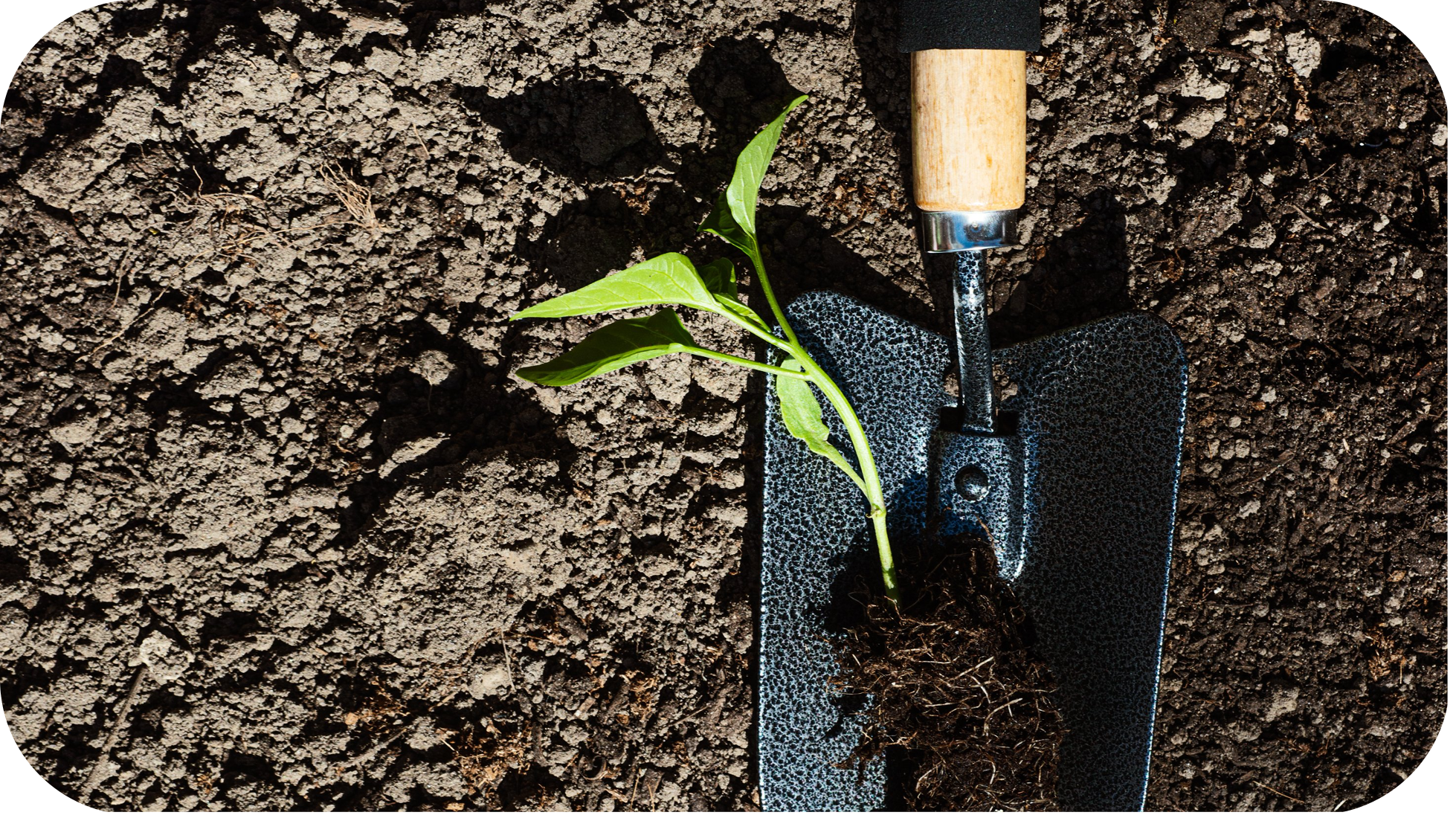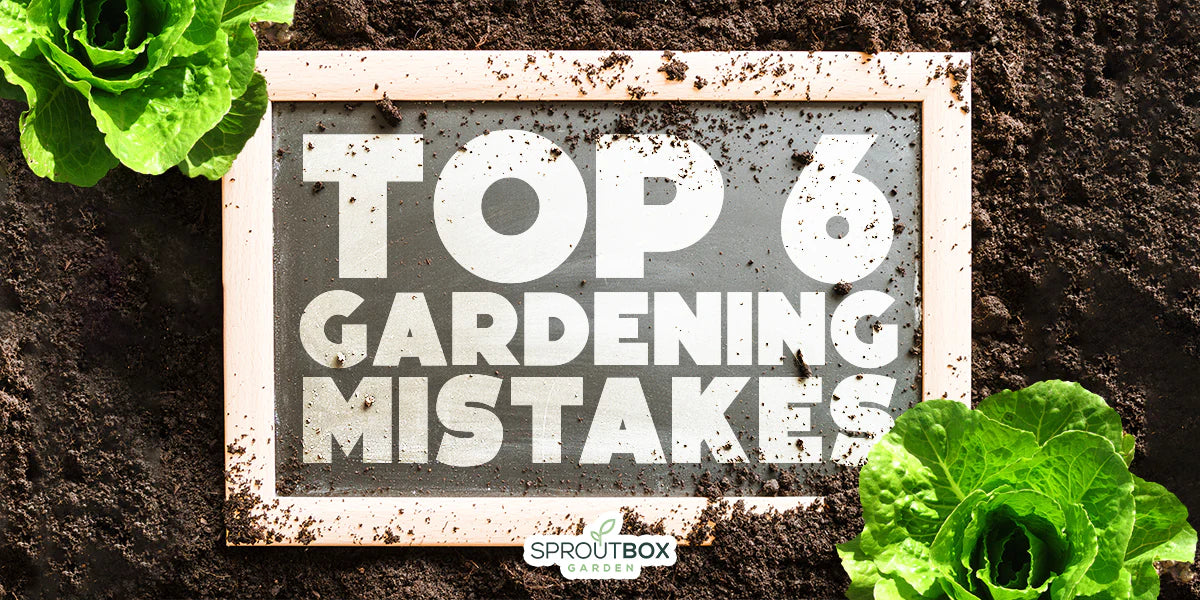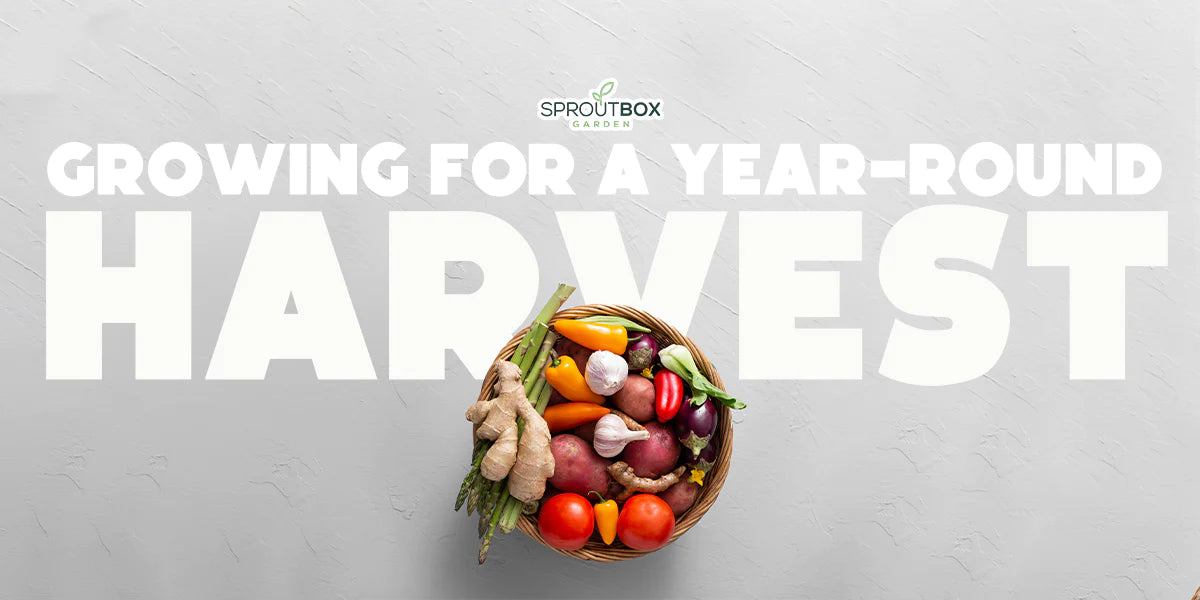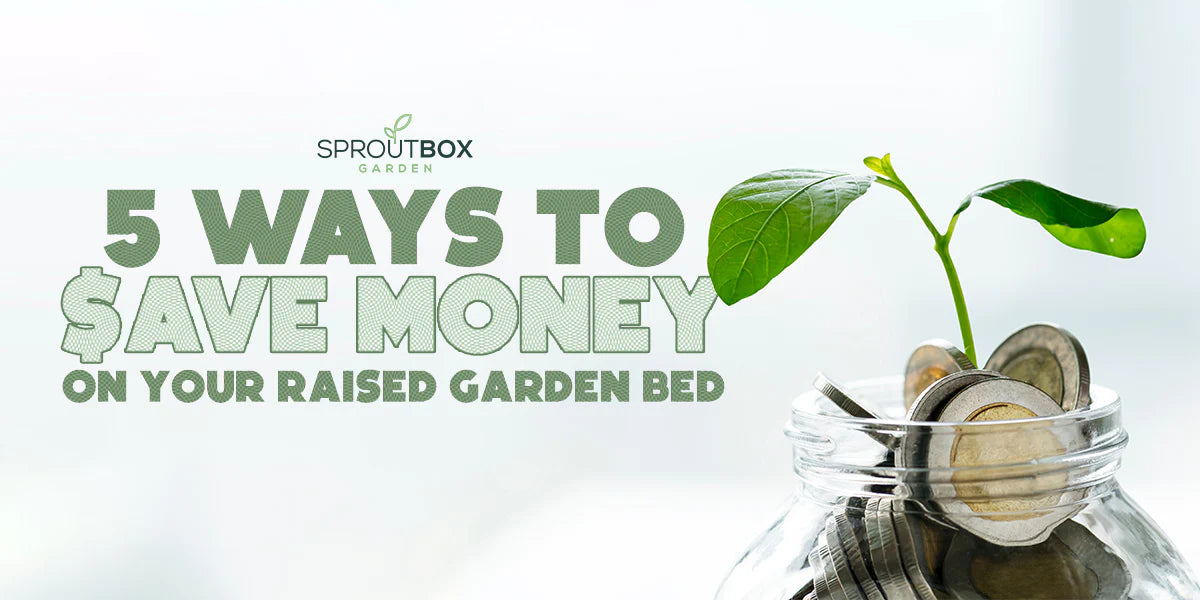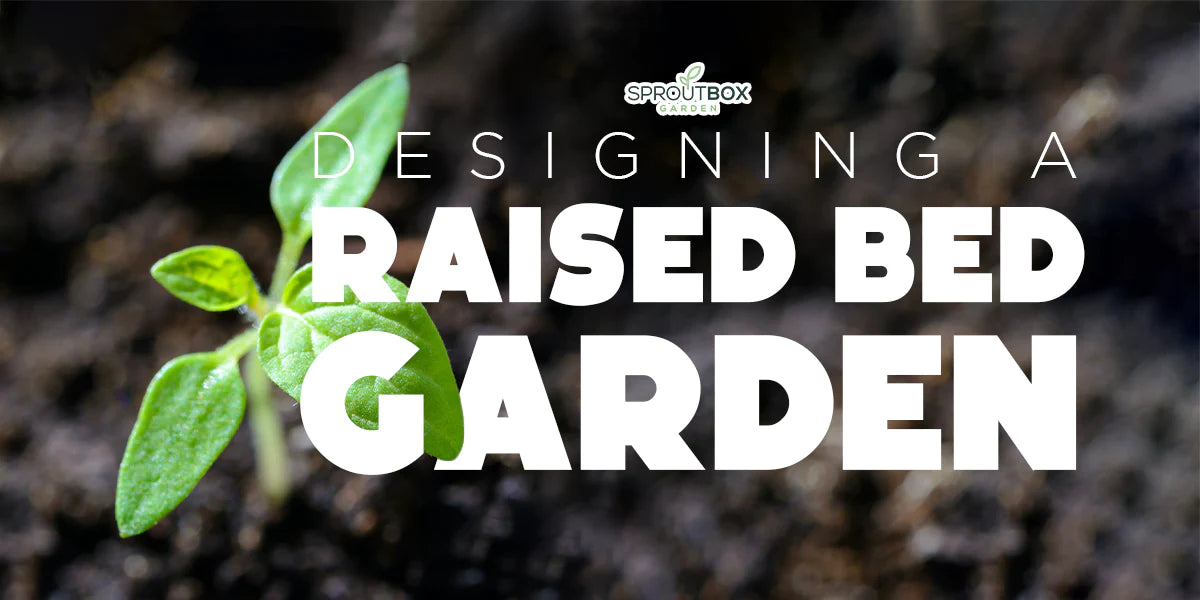November 19, 2021
Raised Bed Gardening in Canada
Here at Sproutbox Garden we love sharing our knowledge of raised bed gardening with our fellow Canadians. After all, raise bed gardening in Canada is often daunting for first timers, so we’re happy to help others get started!
Continue reading below for all the most FAQ about raised bed gardening in Canada:
What are the Advantages of Raised Bed Gardening in Canada?
Raised bed gardening offers many advantages. For example, in a raised garden bed you have complete control over the growing conditions (e.g. soil type, fertilizers, mulch etc.), allowing you create the perfect environment for growing your favourite vegetables and fruits.
Moreover, raised bed gardening is a great hobby! You get to enjoy the outdoors more often, have the pride of growing your produce, and get to enjoy deliciously fresh grown produce straight from your garden.
What Can You Grow in Raised Beds in Canada?
A lot of different things! Vegetables are usually the best option for in raised bed gardening, as you can grow almost any veggie in a raised garden bed.
Certain fruits can also be grown in a raised bed, although this does depend on the weather where you live, with shorter growing seasons on the Atlantic coast. Herbs are also quite easy to grow in most parts of Canada.
Some common vegetables grown in raised beds in Canada include:
- Root Vegetables (e.g. Carrots, Turnips, Parsnips)
- Greens (e.g. Lettuce, Kale, Spinach)
- Brassica (e.g. Broccoli, Sprouts, Cauliflower)
- Beans
- Peas
- Onions
- Peppers
- Cucumbers
- Zucchini
- Tomatoes
How Deep Should a Raised Garden Bed be?
The best depth for a raised garden bed in Canada depends on a few things, namely what you are growing in it. For instance, some vegetables require shallower growing conditions, while others require deeper soil for healthy root development.
As a result, there are many recommended depths for a raised garden bed in Canada. You should look for a minimum depth of 6”, although starting with at least 12” offers good conditions for root development. Anything above 12” will offer great growing conditions for most vegetables and herbs.
Also, a deeper bed (such as a 32” raised bed) means you don’t need to bend over as much, making it great for avoiding straining your back.
Should there be Anything at the Bottom of a Raised Garden Bed?
Some people place a layer of material, often cardboard or landscaping fabric, at the base of their raise bed to ensure weeds don’t grow or any burrowing animals can’t sneak their way inside.
However, if your raised bed is deep enough you don’t need to worry about weeds, as they won’t have enough light to grow all the way through the soil.
Adding cardboard at the bottom of the bed is a good option though, as it helps keep the soil inside the container while keeping any weeds from growing.
If you have had trouble in the past with pesky burrowing critters in your garden, you may want to consider placing a tight wire mesh at the bottom of your raised bed to increase your garden's security.
What are the Best Materials for a Raised Garden Bed?
Wood is a common material for raised bed gardening in Canada, although it may not always be the best option, despite being very affordable. Wood is susceptible to rotting and mold, so you’ll likely need to work to maintain it over the months and years.
Modular metal raised garden beds offer many advantages over wood. For instance, they are easy to install, require virtually no maintenance, and are exceptionally durable.
Is it Safe to Grow Vegetables in Metal Raised Garden Beds?
Yes, assuming you buy the right kind! If you’re considering a metal raised garden bed, look for products made from Aluzinc steel, as this material is designed to last in the outdoor elements. Also, with soil pH levels typically hovering around 7, there is no concern with metals leaching into the soil.
How Often Should I Change Soil in Raised Bed Gardening?
Soil in raised garden beds in Canada will need changing over time as the vegetables use up the nutrients within. However, you never need to change it all at once, as there is a much simpler method available.
For example, you can add a few inches of topsoil or compost at the start of each growing season. Some people use soil enrichers, while simply adding earthworms can help improve soil nutrition.


